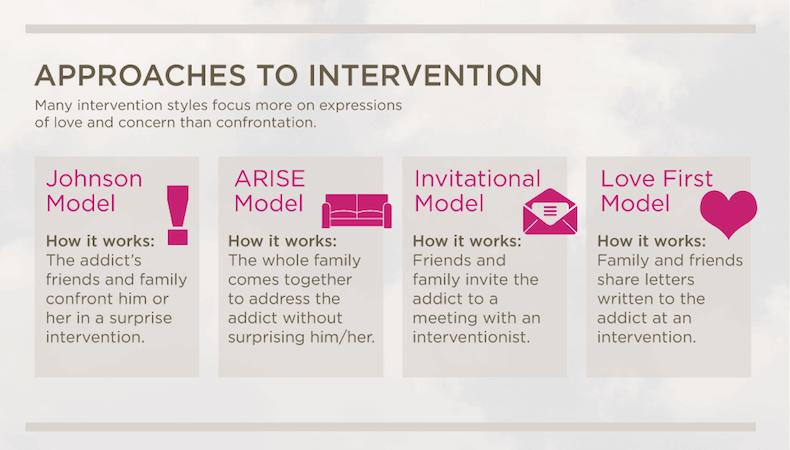

The parent or carer is viewed as the key to long-term success. The non-intervention rule is one of the established principles of international law, particularly the United Nations Charter, Although that has endured. Interventions are designed to invest the parents or carers with the ability to address the family’s needs after the intervention is over. MST does not label families as “resistant, not ready for change or unmotivated.” This approach avoids blaming the family and places the responsibility for positive treatment outcomes on the MST team. Intervention effectiveness is evaluated continuously from multiple perspectives with MST team members being held accountable for overcoming barriers to successful outcomes. Principle 8: Evaluation and accountability Advantages of intensive and multifaceted efforts to change include more rapid problem resolution, earlier identification of when interventions need fine-tuning, continuous evaluation of outcomes, more frequent corrective interventions, more opportunities for family members to experience success and giving the family power to orchestrate their own changes. Interventions require daily or weekly effort by family members so that the young person and family have frequent opportunities to demonstrate their commitment. A developmental emphasis stresses building the young person's ability to get along well with peers and acquire academic and vocational skills that will promote a successful transition to adulthood. Interventions are set up to be appropriate to the young person's age and fit his or her developmental needs. Definition Prohibition of intervention The obligation of non-intervention, a norm of customary international law, 1 prohibits States from intervening coercively in the internal or external affairs of other States.

Interventions target sequences of behaviour within and between the various interacting elements of the adolescent’s life-family, teachers, friends, home, school and community-that sustain the identified problems.

When the clear goals are met, the treatment can end. Family members are expected to work actively toward goals by focusing on present-oriented solutions, versus gaining insight or focusing on the past. Such interventions enable participants to track the progress of the treatment and provide clear criteria to measure success. Therapists look for action that can be taken immediately, targeting specific and well-defined problems. Interventions deal with what’s happening now in the young person's life. Principle 4: Present-focused, action-oriented and well-defined Purpose There has been renewed interest on the part of speech-language pathologists to understand how the motor system learns and determine whether principles of motor learning, derived from studies of nonspeech motor skills, apply to treatment of motor speech disorders. Interventions are designed to promote responsible behaviour and decrease irresponsible actions by family members.
#Principle of intervention how to
Focusing on family strengths has numerous advantages, such as building on strategies the family already knows how to use, building feelings of hope, identifying protective factors, decreasing frustration by emphasising problem solving and enhancing parents or carers’ confidence. MST Therapists and team members emphasise the positives they find and use strengths in the young person's world as levers for positive change. Principle 2: Focusing on positives and strengths Assessing the “fit” of the young person's successes also helps guide the treatment process. It argues that whilst these principles do not determine the legitimacy of particular interventions, they should ?incline? our judgments towards approval or disapproval.An assessment is made to understand the "fit" between identified problems and how they play out and make sense in the entire context of the young person's environment. Considering in particular that the violation of the principle of non-intervention for the benefit of a party to a civil war often leads. When is humanitarian intervention legitimate and how should such interventions be conducted? This article sets out eight liberal principles that underlie humanitarian intervention, some of them abstract principles of international ethics and others more concrete principles that apply specifically to humanitarian intervention.


 0 kommentar(er)
0 kommentar(er)
